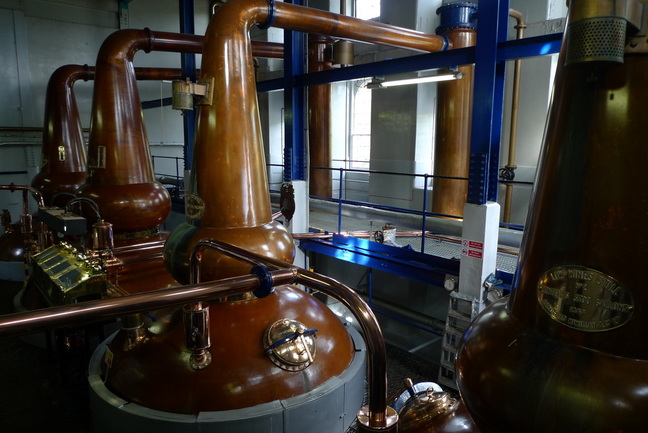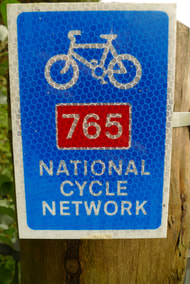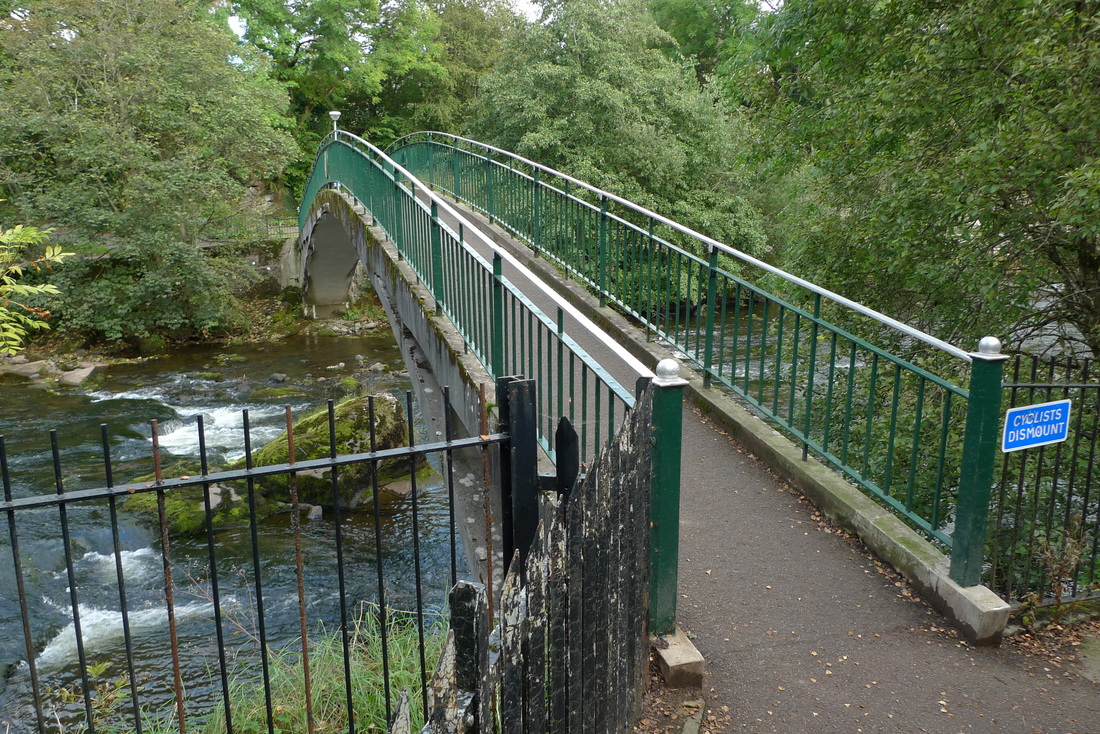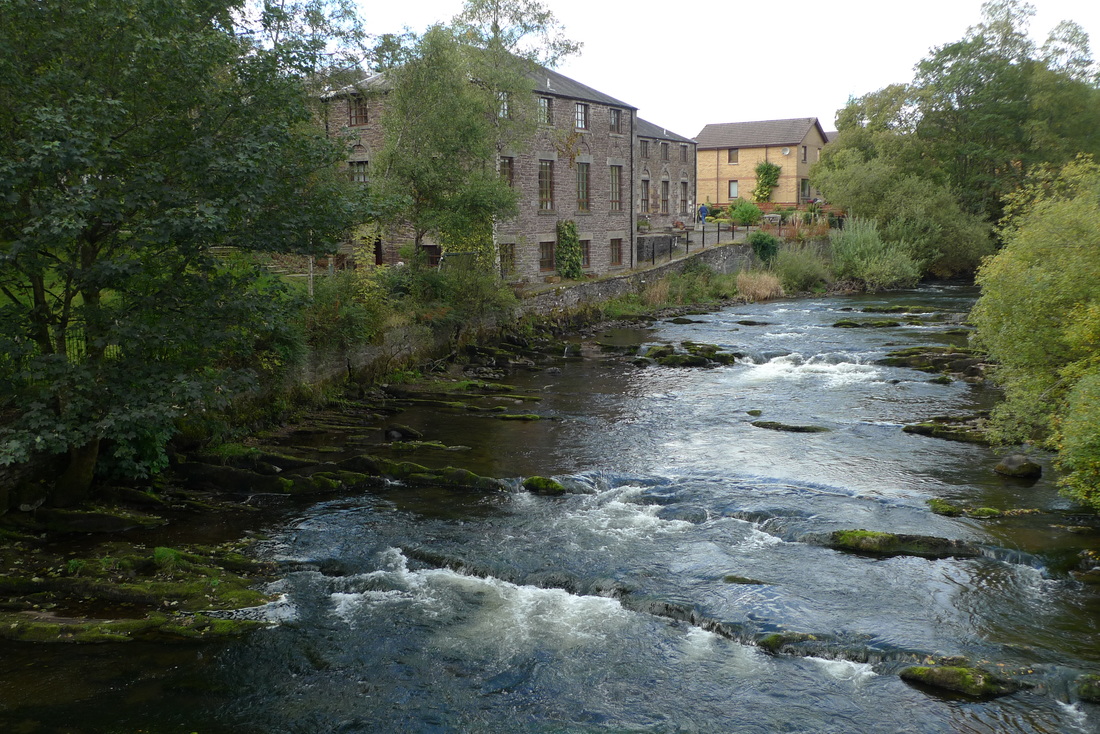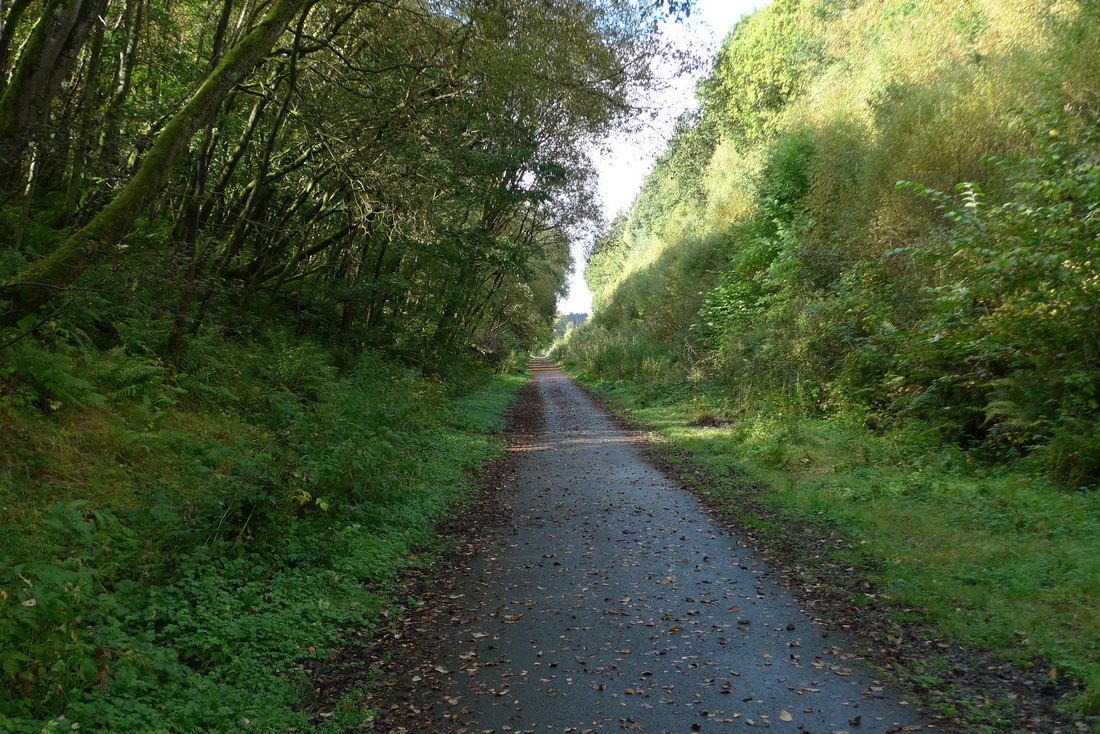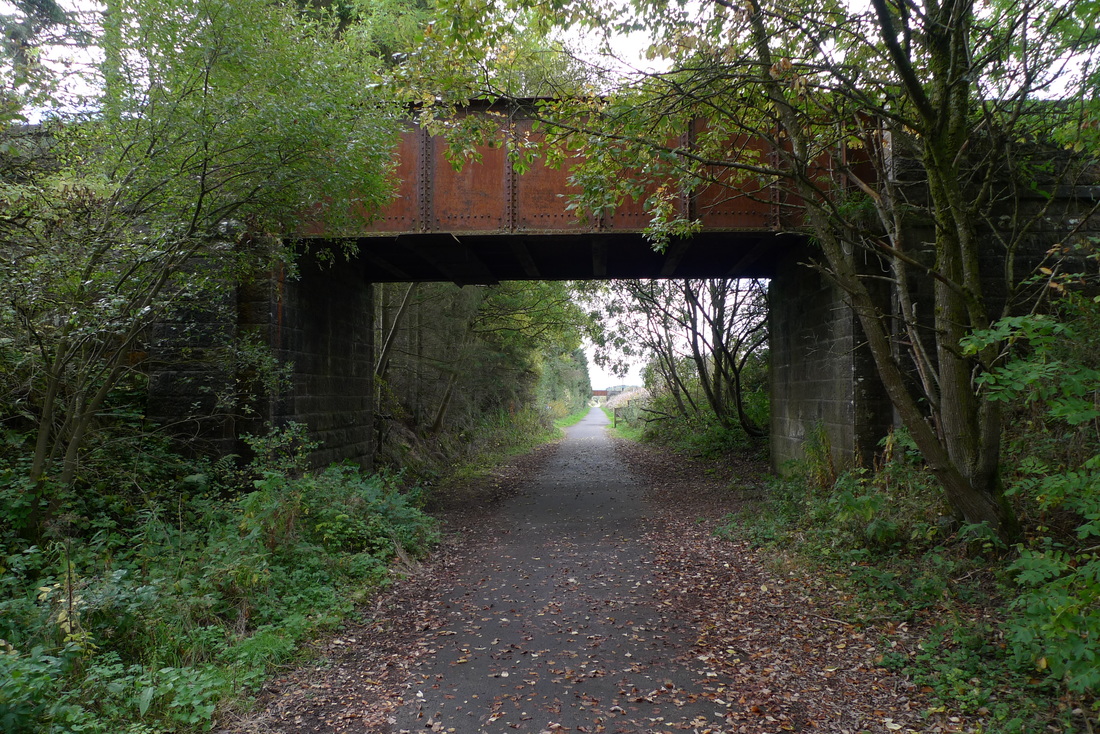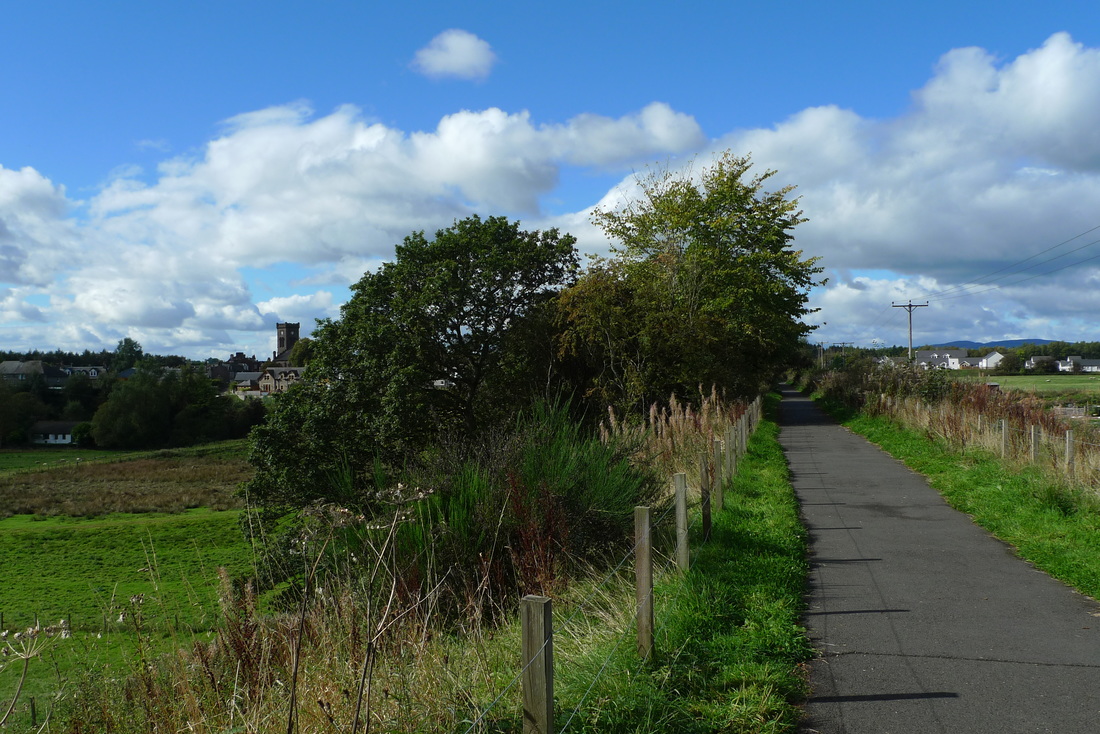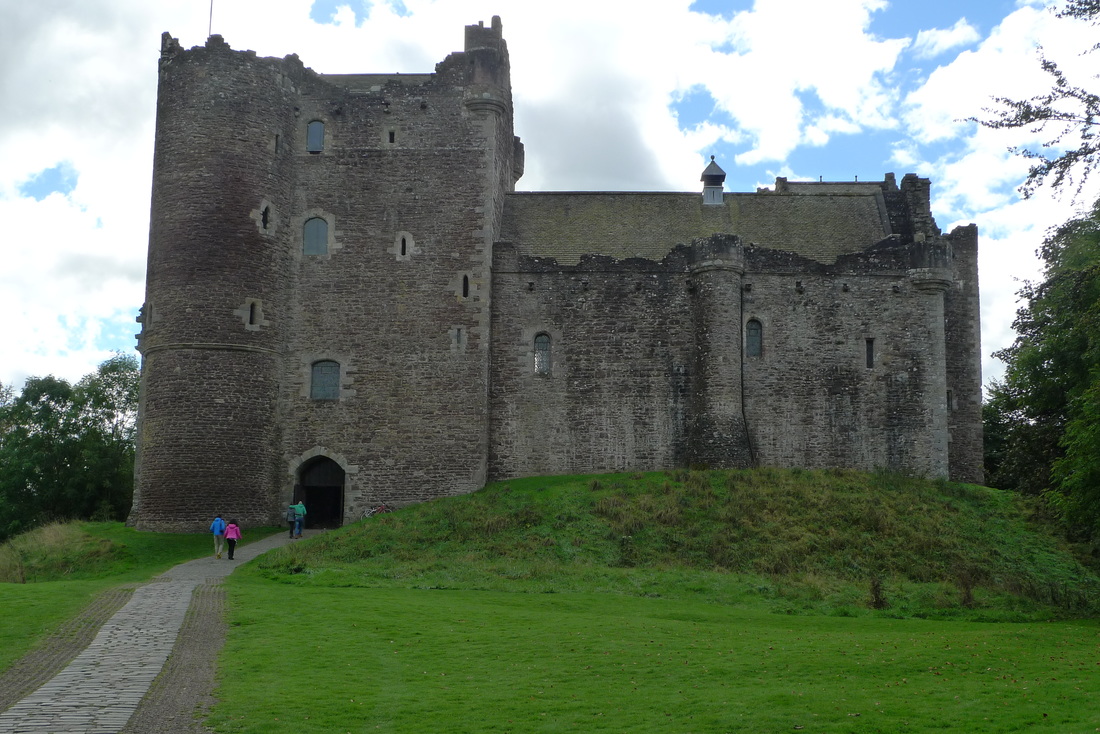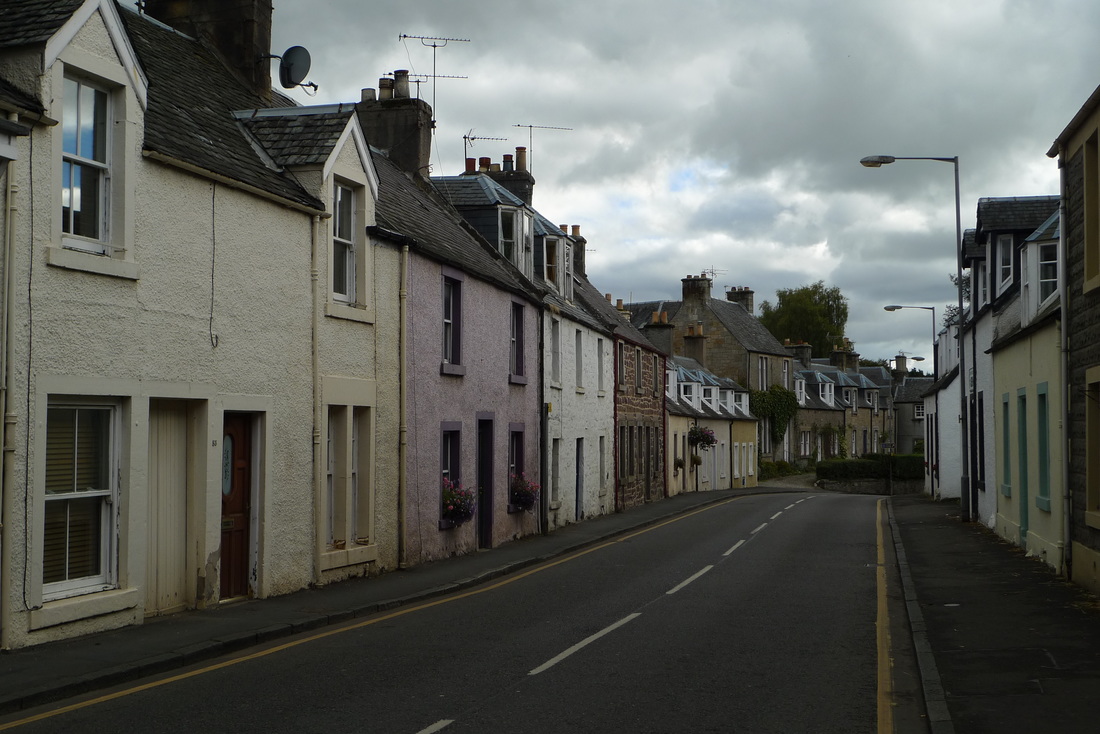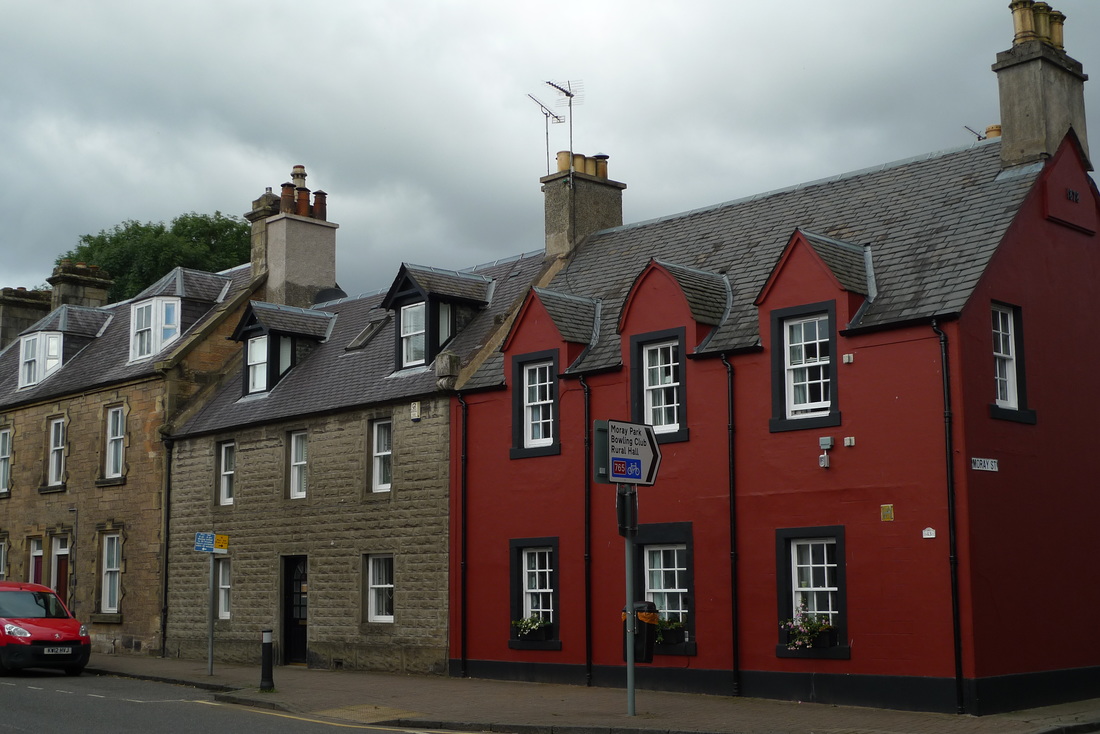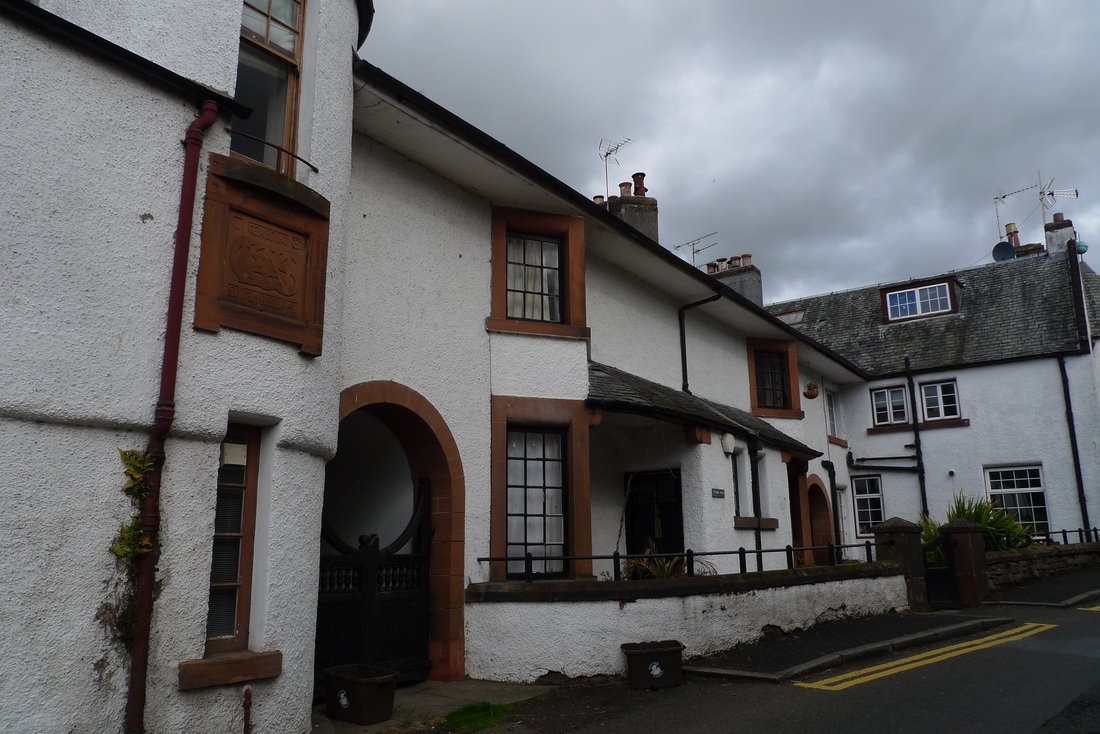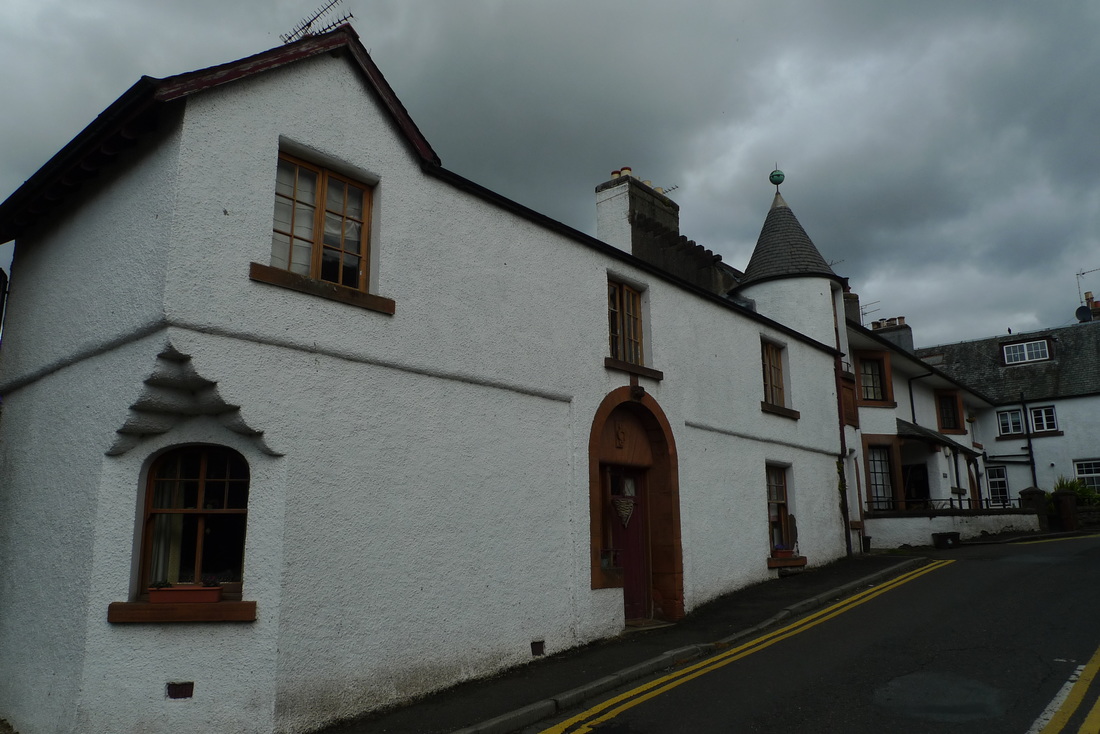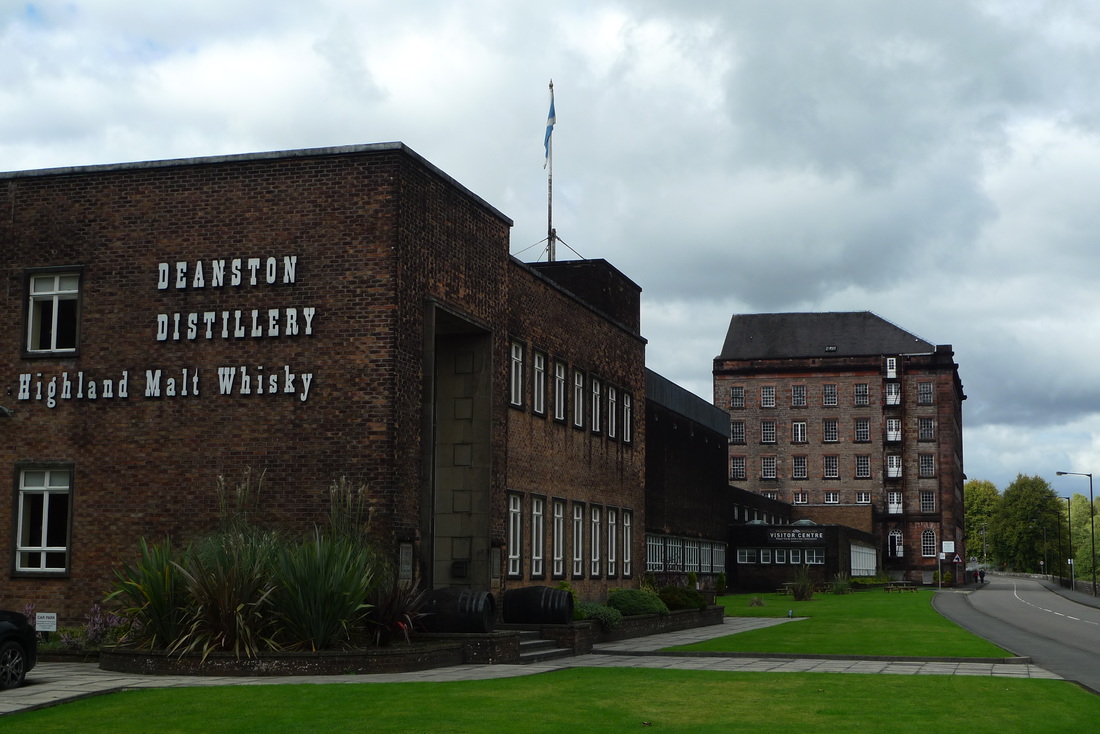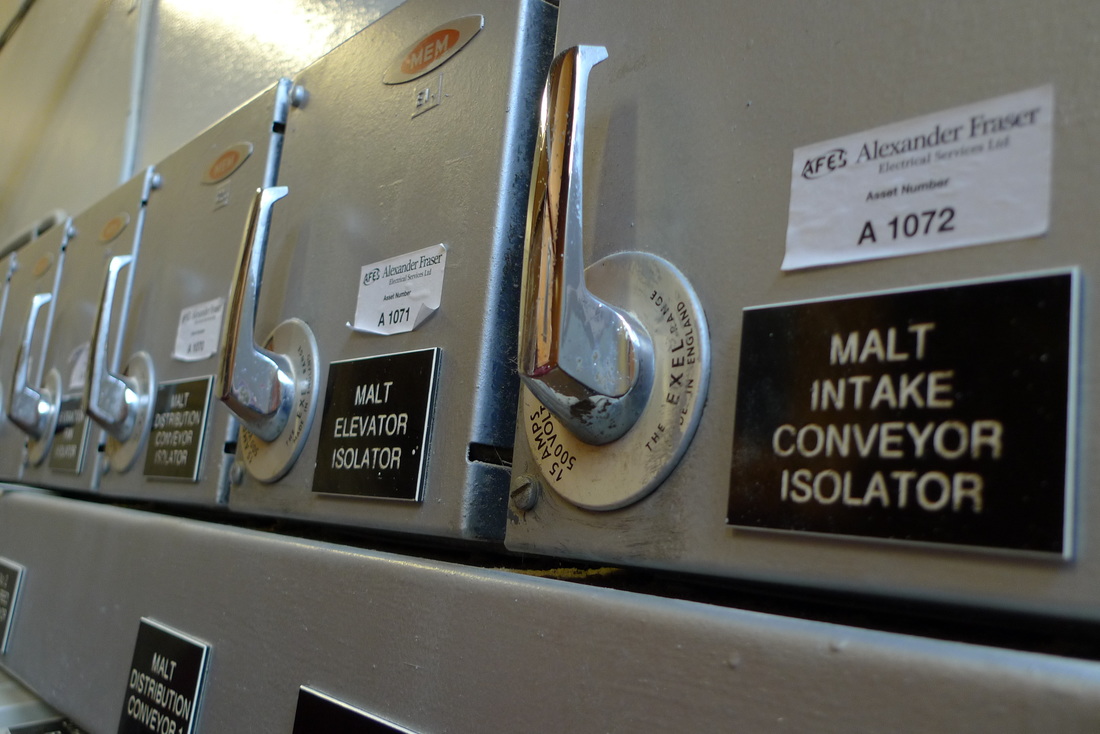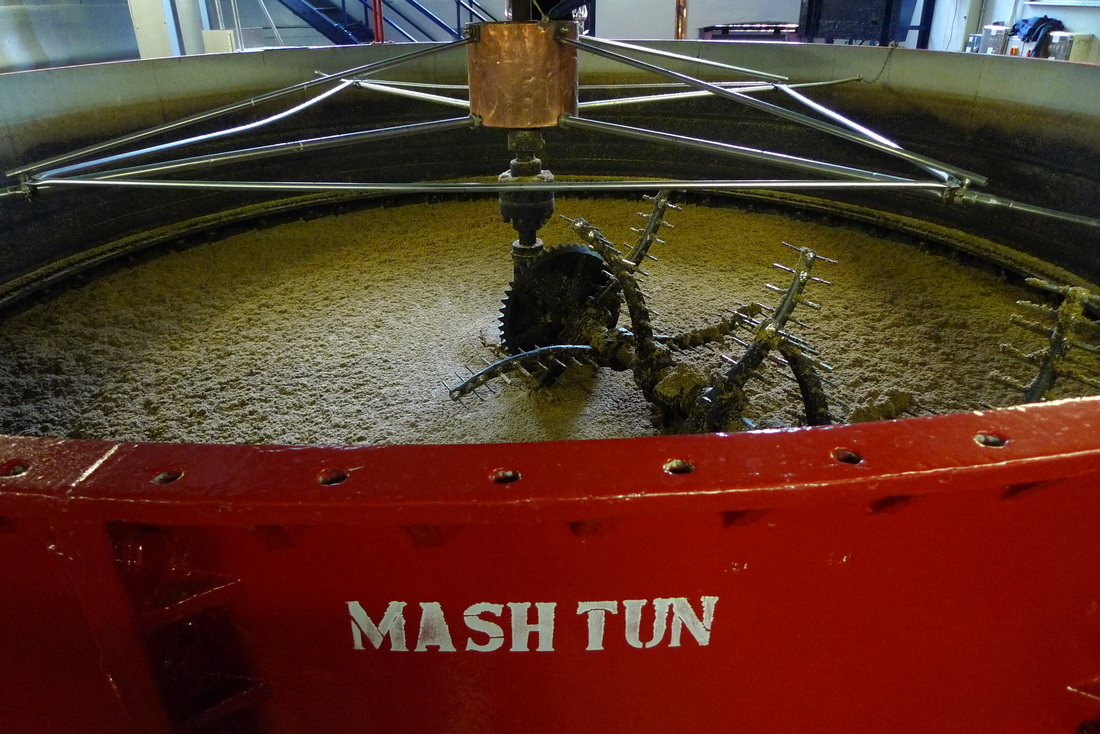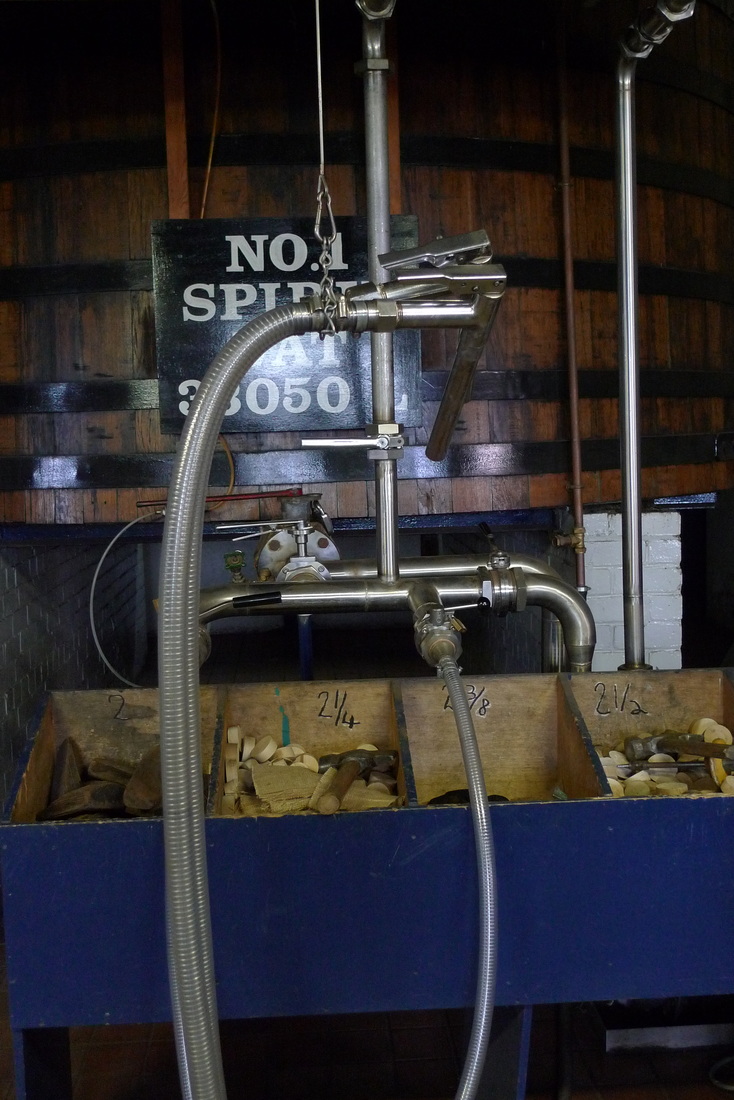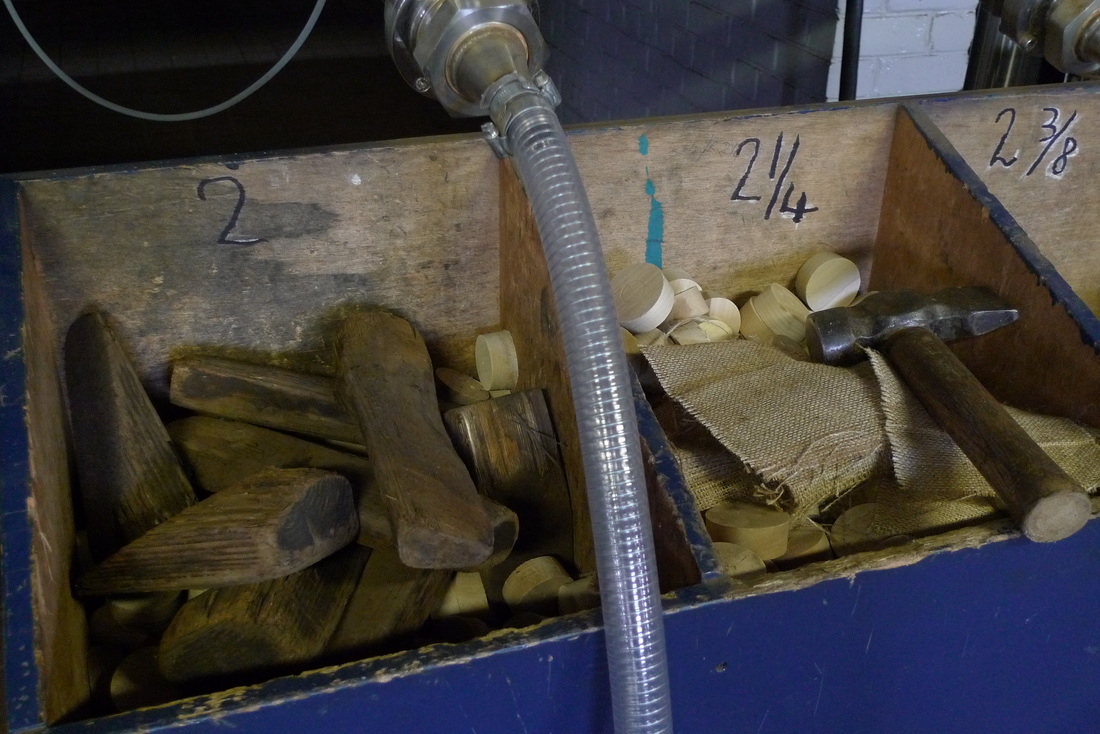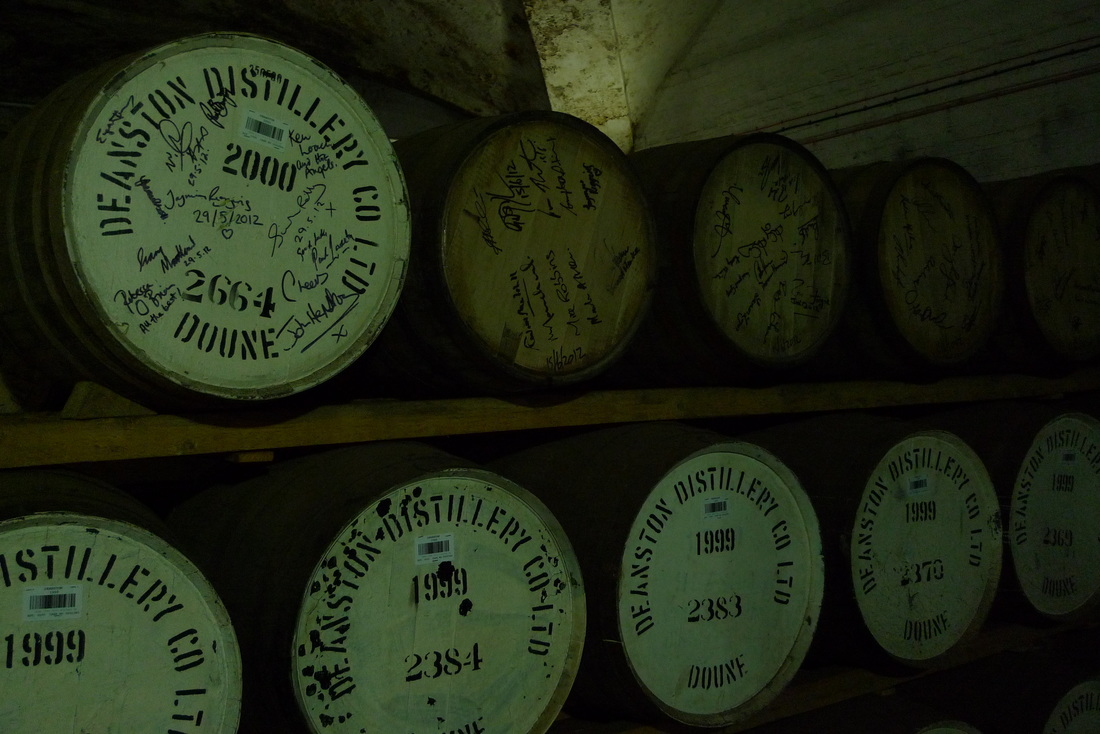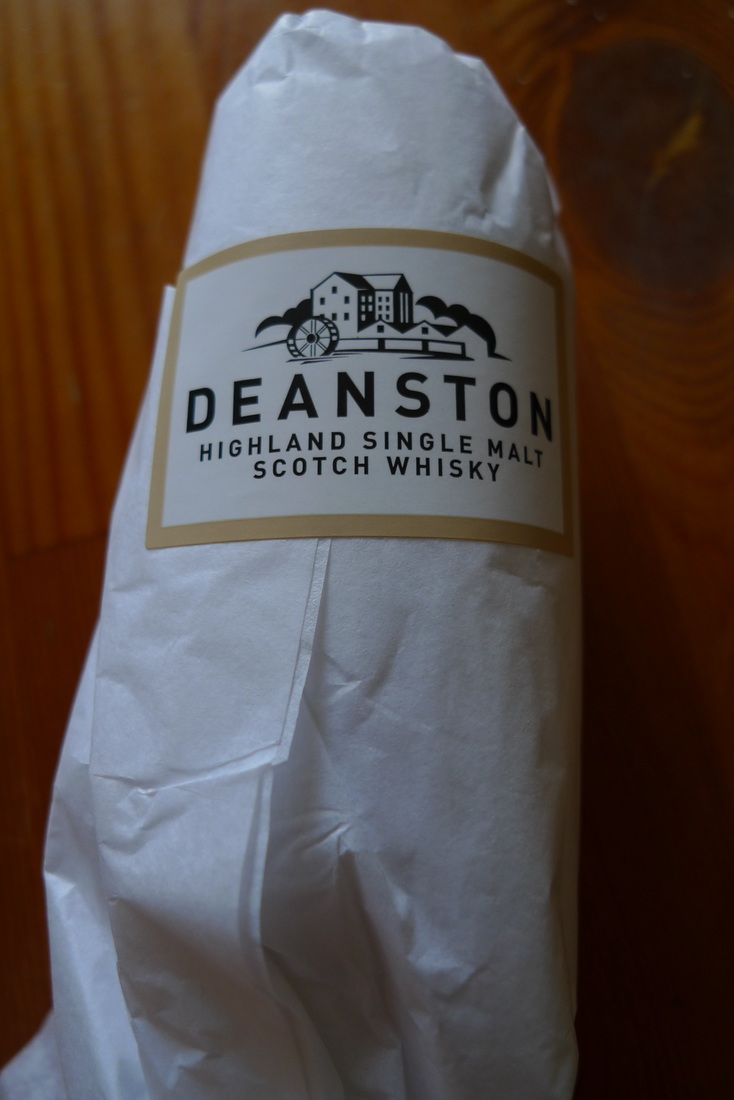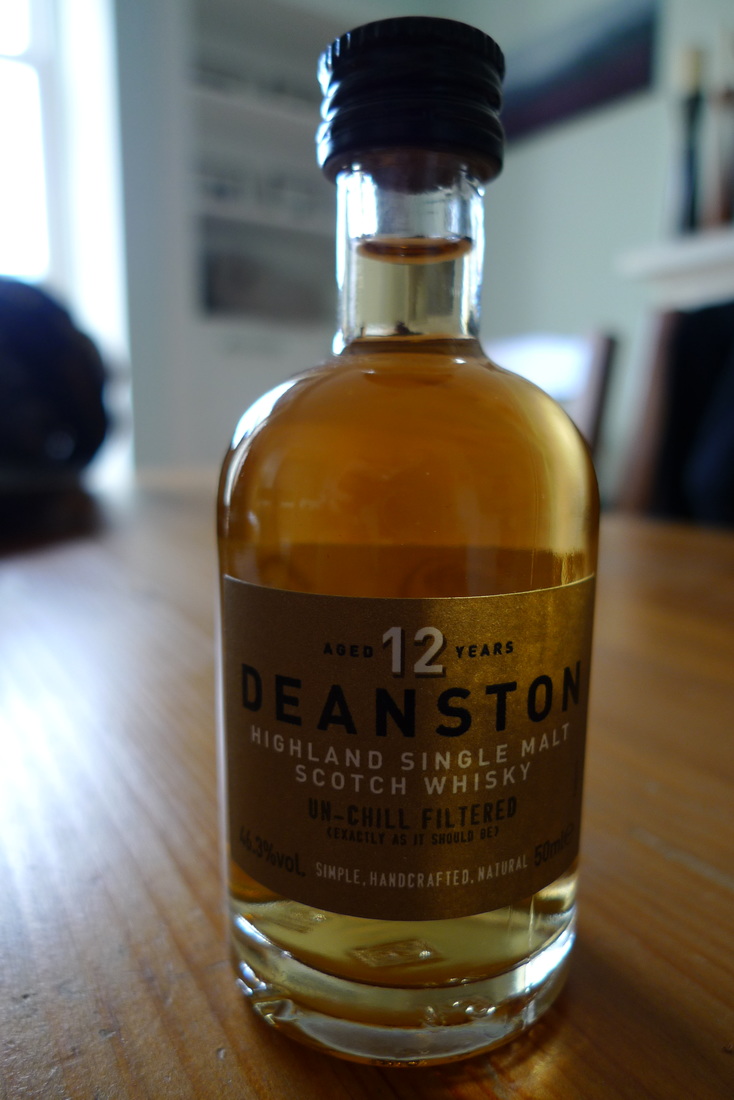|
Anna Hughes sets off on a 72-day, 4000 mile cycle around the coast of Britain. The journey is full of adventure, magnificent landscapes and the kindness of strangers who provide accommodation for Anna during her trip. The title of the book perfectly sums up the focus of this journey, the daily task of pedaling, eating, sleeping and then doing it all the next day.
This is a familiar story of someone who gives up their job to go on a long-distance cycling trip. Anna is clear that you do not need to travel far to find adventure: "I hadn't wanted to travel halfway round the world to have my adventure. This was about finding the unusual hidden within the usual, about seeking adventure from the things that we take for granted." The book is divided into five parts with a map at the start of each part showing the route. There is one chapter per day of cycling and most of the chapters are just a few pages long. It is an easy read with a mixture of short conversations, journey descriptions and the thoughts of the author. Anna does the journey a bit differently to some of the other cyclists who have published similar books. She uses her contacts to hook up with other cyclists along the way. They accompany her for parts of the journey. Her previous job at Sustrans, who manage the National Cycle Network, provided invaluable access to Sustrans staff across the country who were happy to join Anna for sections of the ride. She also uses the website Warmshowers.org to find cyclists who are happy to provide fellow cyclists with free accommodation. I looked forward to reading about Anna's impressions of Scotland. She cycles to Cape Wrath, something that I have always wanted to do, but she doesn't enjoy it because the road is in a terrible state. She doesn't say very much about the scenery at Cape Wrath, but you get a good impression of the raw beauty of the place: "The wind howled across the plateau, rustling the stubby vegetation and whistling between huge bald rocks. I took a deep breath to steady myself, gripping the earth beneath my fingers, and leaned out to look down at the water. The seagulls circled far below, mere dots from this height, the deep blue punctuated with foaming ripples. The ocean stretched into the distance, powerful and beautiful." I felt that there was generally a lack of detail about the places that are passed through on this journey. For example, in the chapter that covers Rattray Head to Elgin the author cycles 78 miles, but only uses 4 pages to describe it. This is a beautiful part of Scotland with so much to see and do, but you will not get this impression reading this chapter. This book has a lot less detail about people and places when compared to the excellent One Man and his Bike, which i also read. Once I got used to the fact that this book is more about how the journey was and the challenge of completing it than sightseeing and meeting locals I started to get into it and enjoy it. The author writes in detail about all of the challenges she faces, including terrible weather, hills and long distances. You get the impression that the journey has changed her in a positive way and given her much confidence, which is inspirational to anybody thinking of doing a similar journey.
0 Comments
Two brothers head off on a 1000 mile cycling adventure around Scotland. They reminisce about their childhood bikes and growing up in the small town of Hopeman on the Moray coast. There is much banter, good times and a bit of pain during their journey.
A lot of Scotland is covered in this book. In the introduction there is a map showing a route that covers Aberdeen, Arbroath, Dundee, Edinburgh, Glasgow, Aviemore, Ullapool, Durness and Inverness. The brothers achieve this in just 15 days, so it means that there is not a lot of detail about the places they travel through. The scenic descriptions are quite basic and I didn't feel that I was learning much about the towns and cities. The book is more like a diary than a travelogue. It is a personal story of the relationship between the brothers and looking back on their childhood. There are some colour photos in the centre of the book, showing the brothers having fun on their trip. I can see this book being a nice souvenir for them and their families, but I am not sure that it has a wider appeal. If you are from a small town in Scotland you may identify with some of the experiences that they write about, but these things may be alien to other readers. I did quite enjoy reading about their upbringing- when I cycle through small towns in Scotland I often wonder what life is like there and the book does give a bit of an insight. Most of the conversations in the book are between the two brothers and some of it is banter that had me smiling occasionally, but I think you would need to know the brothers personally to fully appreciate this. There are some interactions with local people and these are quite short exchanges. Before I read this book I just finished One Man and His Bike by Mike Parker, so I could not help but compare the two books. The interactions with locals are much more detailed and interesting in Parker's book, whereas Life Cycle does not have nearly as much depth. This was not my favourite book about cycling in Scotland. Although it captures the camaraderie of a long-distance bike trip with a sibling or best friend I found that it lacked in detail and I was disappointed that I did not learn much about the places that the brothers cycled through. Andy Murray, Monty Python and Ken Loach. This cycle route has it all! The cycle path between Dunblane and Doune makes it easy to see both the stunning interior of Dunblane Cathedral and have a tour of the distillery that featured in Angel's Share, a film about whisky.
The route takes you alongside the river, Allan Water. Its banks are crowded with trees, making this a green and peaceful spot. There is a distinctive narrow humpback bridge to cross and this gives a great view of the fast flowing water.
The route proceeds through housing estates with large properties, reflecting the wealth of the area. Then a muddy lane with potholes-a-plenty where I disturbed some pheasants rustling noisily in the bushes- they made a panicked and clumsy escape.
Further ahead the path was blocked by pupils from Dunblane High School. "Bike!" One of the girls shouted. "Make way people!" Then a teacher shouted "Move to the right!". But they all moved to the left. The teacher looked at me and shrugged, "I say right and they go left!" There was still a group of boys that I had to pass and they were completely unaware, so it was time for the girl to shout again, "Move! Murray!" This time they heard and moved to allow me to pass. I thanked them and they all said, "no problem." After this I reached the disused railway path, a flat and straight route, flanked by trees and bushes.
This line had linked Dunblane to Callender until closure in 1965. There are several bridges along the route, which are about the only physical remnants of the railway.
The path provides good views when it gets closer to Doune. I found a bench to sit in the sun and eat my tuna roll from a Dunblane bakery, songbirds creating a lunchtime concert.
Doune Castle featured in Monty Python and the Holy Grail. There is an entry fee, but you can look at the outside for free.
Doune has a narrow main street with small cottages. There is a particularly striking red house, adorned with window boxes.
My favourite building in Doune is a white house on George Street with quirky architectural features. There are archways, narrow windows, triangular bay windows and a turret like a witches hat. The house is called Pudden Wynd.
This house is passed on the way to Deanston Distillery, which is only 1.3 miles from Doune. This distillery building is more industrial and functional than the poster boy distilleries that adorn coffee table books, postcard racks and tourist brochures. There are no pagodas or gleaming white-painted warehouses, but it has a pleasant location next to the River Teith where heron's can be seen fishing.
If you are thinking that the taller building is perhaps reminiscent of an old mill you are correct. Deanston was originally a cotton mill. It operated from 1785 until its closure in 1965. A new use was found for the site as a whisky distillery.
The great thing about the Deanston guided tour is that you can take photographs which many other distilleries prohibit.
I have been on several distillery tours, so I tend to look for things that are different, things that might be unique to a particular distillery. At Deanston they include something that I had not seen before on a distillery tour- the room where they fill the whisky barrels. I was quite surprised to see that the device they use was like a petrol pump and putting whisky into a barrel was just like filling up a car.
There were also containers full of the wooden stoppers that are used to plug tha barrels shut. I learned that the stoppers are made of poplar.
I also discovered that Deanston generates its own electricity from water power, the only distillery to do so. The surplus electricity is sold back to the National Grid.
A visit to a distillery is an assault on your senses. There is noisy machinery, heat and humidity and unusual smells. In particular, the washbacks, the large containers that contain fermenting liquid, is very fruity, like ripe bananas. In the warehouse there is a whisky barrel signed by the cast and crew of the film Angel's Share. This is a Scottish film directed by Ken Loach with a mixture of comedy and drama. Whisky features heavily in the film and some scenes were made at Deanston.
All distillery tours end with a tasting. This is quite a basic affair compared to some other distilleries I have visited. At Deanston you drink your dram standing up in the shop, whereas some other distilleries have dedicated tasting rooms with leather armchairs.
Deanston is not a smoky whisky. It is smooth, sweet and fruity. I purchased a miniature which was wrapped in tissue with a classy sticker featuring a picture of the distillery buildings. There is a water wheel in the picture, a nice way to remember the cotton mill that was originally here. The first part of this blog is about Dunblane and can be read here.
Distances and Directions
This is a ten mile return trip from Dunblane. Being a short cycle means that there is plenty of time to visit Dunblane and its Cathedral and take a tour of Deanston Distillery. Dunblane takes around an hour to reach by train from Glasgow or Edinburgh. Most of the cycle route is on a dedicated path, but once you reach Doune there will be some road cycling. To reach Deaston on leaving Doune you have to turn left onto the A84, which can be a busy road, but you are only it for a few minutes. The traffic-free cycle route from Dunblane to Doune is not yet on Google Maps, so I have not shown this on the map, but have added the route from Doune to Deanstone Distillery. |
Categories
All
Archives
July 2024
|



